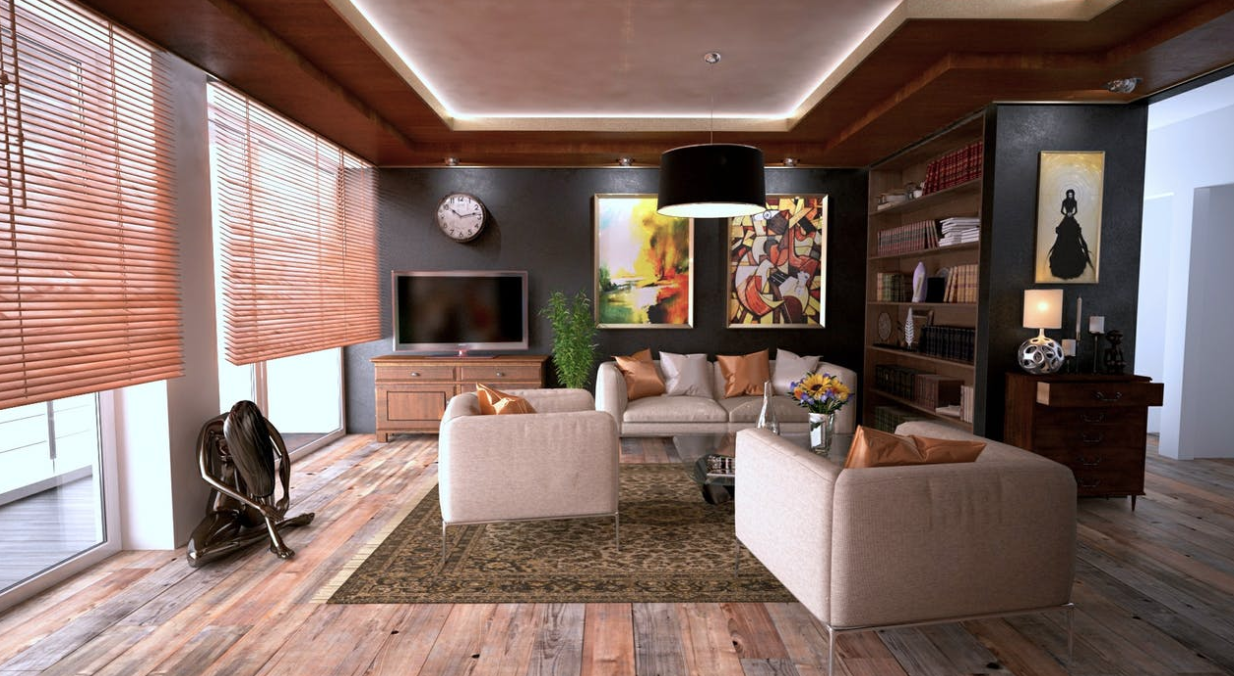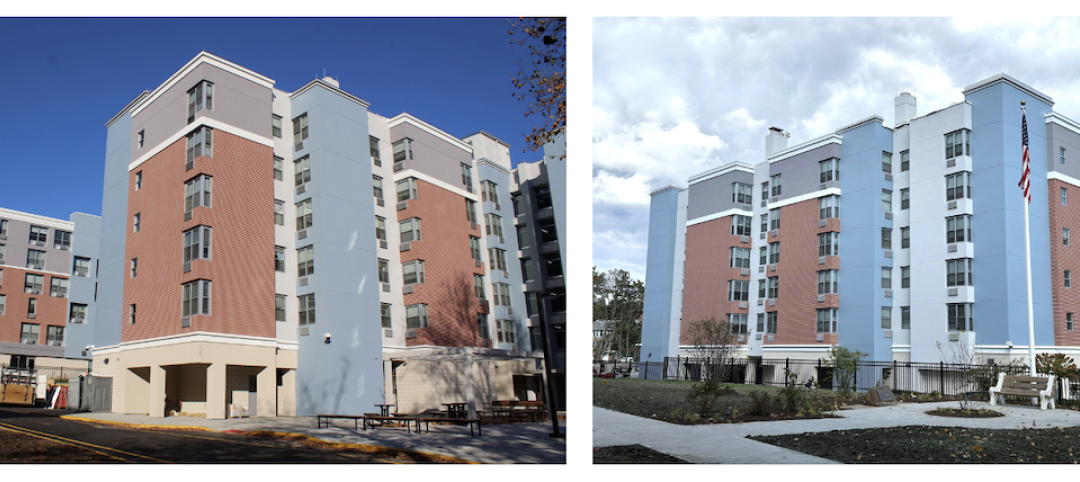As baby boomers seek to downsize from large homes, developers are increasingly designing apartments specifically for this demographic.
These apartments consist of features such as:
• Larger floor plans, both in terms of square footage and number of bedrooms
• More traditional layouts that reflect the homes baby boomers are familiar with
• Increased storage spaces both in the apartment units and additional rental spaces in the community
• Upscale finishes in kitchens and bathrooms, sometimes including special touches like wine chillers
• Luxury community amenities such as pet services, concierge, conference facilities, yoga classes, and dry cleaning in a quiet atmosphere
This trend is spreading nationally. According to recent Transwestern data, as of Q3, the average U.S. one-bedroom apartment is 874 sf, two-bedrooms are 903 sf, and three-bedrooms ring in at 976 sf.
However, newly constructed communities in the last 12 months average 935 sf for a one-bedroom, 945 sf for a two-bedroom, and 996 sf for a three-bedroom.
To meet demand for the larger rentals, developers are building a higher percentage of three-bedroom units. For example, Houston has seen an uptick in demand for three-bedroom apartments:
• Occupancy numbers are highest for three-bedroom units, at approximately 94%
• Rent growth for three-bedroom units is highest among all unit types at +.03%
More Transwestern multifamily research at: https://www.transwestern.com/corporate/research
Related Stories
Adaptive Reuse | Mar 21, 2024
Massachusetts launches program to spur office-to-residential conversions statewide
Massachusetts Gov. Maura Healey recently launched a program to help cities across the state identify underused office buildings that are best suited for residential conversions.
Multifamily Housing | Mar 19, 2024
Jim Chapman Construction Group completes its second college town BTR community
JCCG's 200-unit Cottages at Lexington, in Athens, Ga., is fully leased.
Multifamily Housing | Mar 19, 2024
Two senior housing properties renovated with 608 replacement windows
Renovation of the two properties, with 200 apartments for seniors, was financed through a special public/private arrangement.
MFPRO+ New Projects | Mar 18, 2024
Luxury apartments in New York restore and renovate a century-old residential building
COOKFOX Architects has completed a luxury apartment building at 378 West End Avenue in New York City. The project restored and renovated the original residence built in 1915, while extending a new structure east on West 78th Street.
Multifamily Housing | Mar 18, 2024
YWCA building in Boston’s Back Bay converted into 210 affordable rental apartments
Renovation of YWCA at 140 Clarendon Street will serve 111 previously unhoused families and individuals.
Adaptive Reuse | Mar 15, 2024
San Francisco voters approve tax break for office-to-residential conversions
San Francisco voters recently approved a ballot measure to offer tax breaks to developers who convert commercial buildings to residential use. The tax break applies to conversions of up to 5 million sf of commercial space through 2030.
Apartments | Mar 13, 2024
A landscaped canyon runs through this luxury apartment development in Denver
Set to open in April, One River North is a 16-story, 187-unit luxury apartment building with private, open-air terraces located in Denver’s RiNo arts district. Biophilic design plays a central role throughout the building, allowing residents to connect with nature and providing a distinctive living experience.
Affordable Housing | Mar 12, 2024
An all-electric affordable housing project in Southern California offers 48 apartments plus community spaces
In Santa Monica, Calif., Brunson Terrace is an all-electric, 100% affordable housing project that’s over eight times more energy efficient than similar buildings, according to architect Brooks + Scarpa. Located across the street from Santa Monica College, the net zero building has been certified LEED Platinum.
MFPRO+ News | Mar 12, 2024
Multifamily housing starts and permitting activity drop 10% year-over-year
The past year saw over 1.4 million new homes added to the national housing inventory. Despite the 4% growth in units, both the number of new homes under construction and the number of permits dropped year-over-year.

















